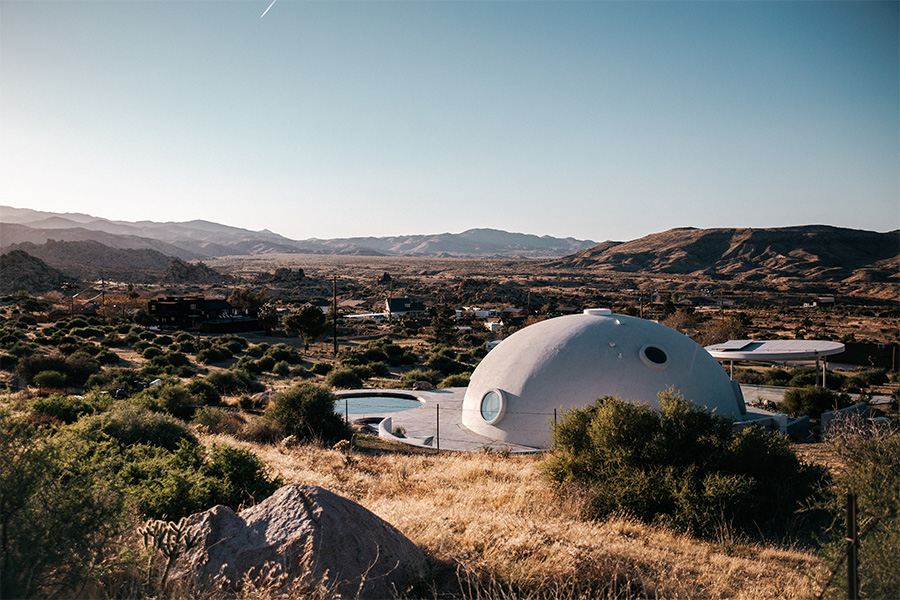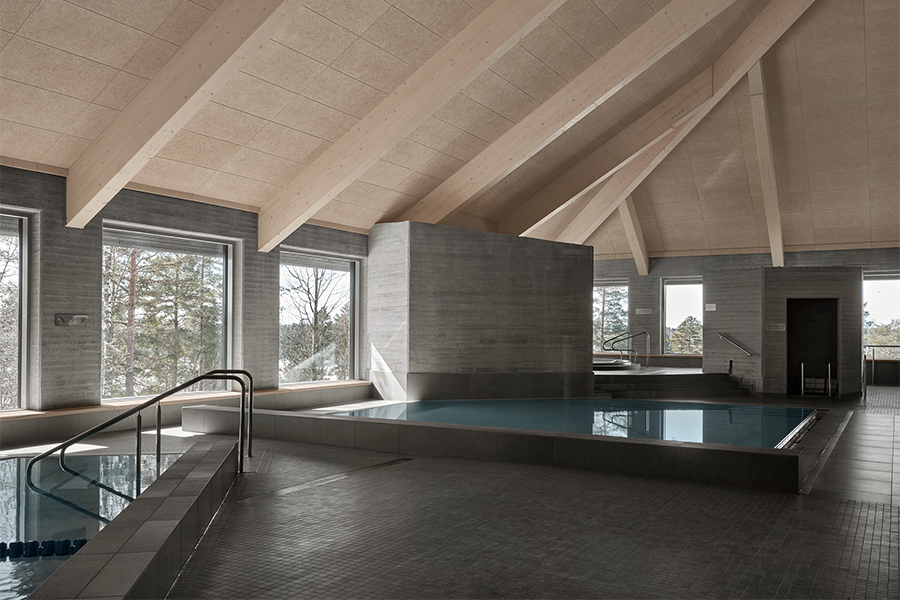Nômade Tulum sums up why people flock to the Mexican beachtown. Found toward the end of Tulum’s main long, bumpy road, it is a serene retreat resplendent in nature, with luxe tents seamlessly merging into the lush seaside setting. Debuting in 2015, the secluded resort “was born out of a new way of thinking and living together,” says Argentinian architect Sebastian Sas, who owns and designed the Mexican hideaway along with neighboring property Be Tulum, which was one of the area’s pioneers in blending sustainable luxury with holistic living. “Our intention is to bridge the gap between ancient wisdom and modern wellness—we seek to activate consciousness and regenerate harmony with the planet and ourselves.”
Since Sas views the property as a living space that’s always evolving, he recently added 20 new villas and five treehouse suites. With a design that conveys a visceral spirituality of sorts, the villas stand where the jungle meets the beach. Interiors are outfitted with local wood such as tzalam and zapote, which juxtaposes stucco to create a space “that allows the indoors to blend seamlessly with the outdoors.” Floor-to-ceiling windows, sunbathing decks, outdoor showers, and private waterfall pools further that effect, delivering unparalleled views of the jungle and sea. “People from all over the world can gather as a community, nurture their bodies and minds, and tune into the earth,” Sas says. “It breathes the energy of the people who come to visit us.”

Nômade Tulum’s villas and treehouses seamlessly blend with the beachtown’s lush landscape
For an even more immersive experience, the treehouses soar nearly 23 feet above the ground, rising among the treetops on four metal columns. Clad in a fiber made from the bark of local gil wood that shields the glass on the outside, and tzalam wood inside, Sas wanted the design to evoke the feeling of being safely cocooned in a nest. The transparent elements offer a new perspective, with “a 360-degree view of the tropics and the sky,” he explains.
Two restaurants further the experience. The open-air, beachfront La Popular, where diners have the option to eat on a bed in the sand, is inspired by the energy of the local fish market and the distinct flavors of Mexican cuisine. The other, Macondo, features Moroccan-style low seating and a 65-foot-long communal table carved from a single tree trunk. “We build a community around a shared table,” Sas says. “This is about celebrating the abundance of life on the beach.”
The sense of community continues with yoga classes held at the onsite shala, live music, rotating artwork, and speakers and artists who stop by for weekly sessions. “[This is] a place where people can come and truly restore their mind, hearts, bodies, and souls,” says Sas.

Wood-clad treehouses evoke the feeling of being in a nest, enveloped by the surrounding vegetation
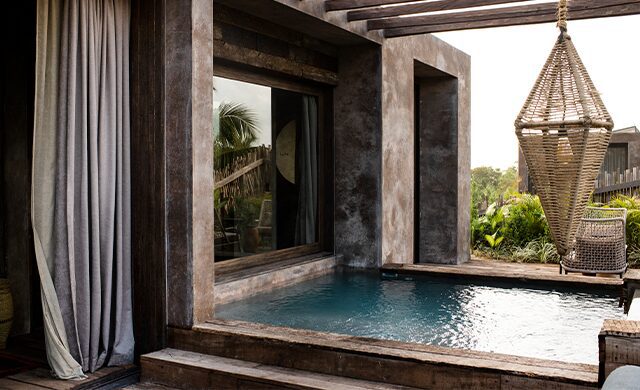
Villas feature amenities such as sunbathing decks, outdoor showers, and private pools
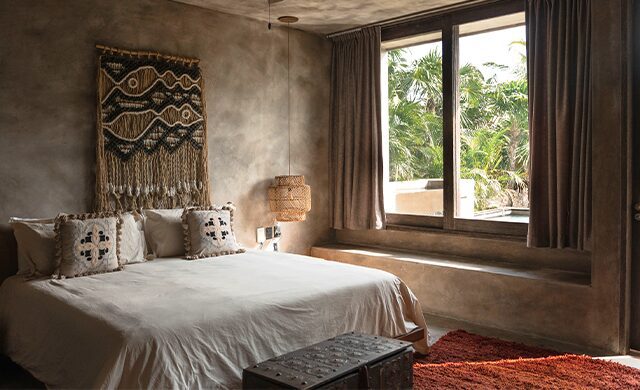
Local woods like tzalam and zapote juxtapose stucco in the villas to create a warm, welcoming vibe
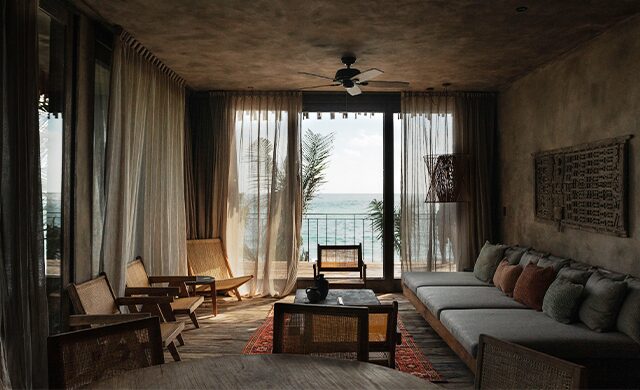
The resort aims to bridge the gap between ancient wisdom and modern wellness
This article originally appeared in HD’s June 2020 issue.


